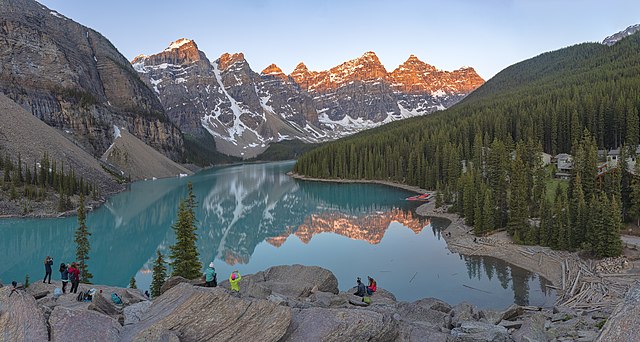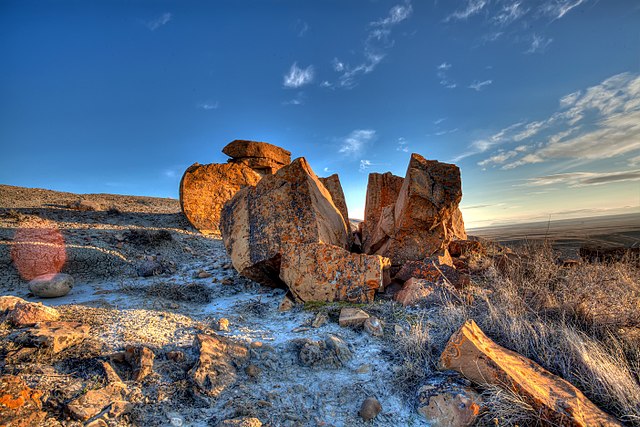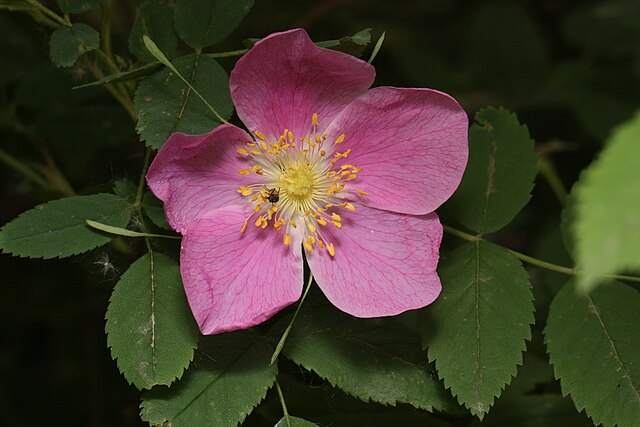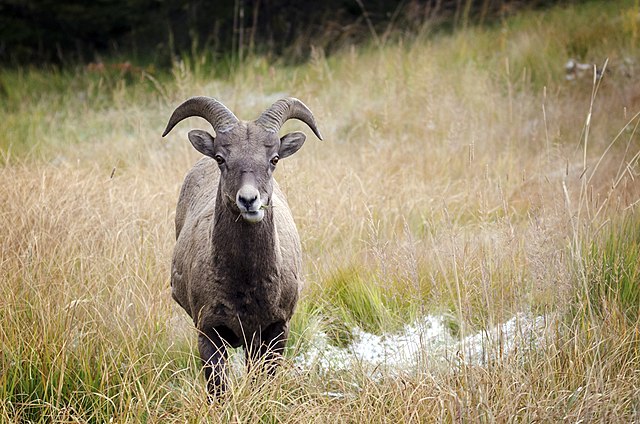Lesser Slave Lake is located in central Alberta, Canada, northwest of Edmonton. It is the second largest lake entirely within Alberta boundaries, covering 1,160 km2 (450 sq mi) and measuring over 100 km (62 mi) long and 15 km (9.3 mi) at its widest point. Lesser Slave Lake averages 11.4 m (37 ft) in depth and is 20.5 m (67 ft) at its deepest. It drains eastwards into the Athabasca River by way of the Lesser Slave River.
Southeast corner of the lake from Marten Mountain looking south, with Dog Island, Devonshire Beach, and the Town of Slave Lake visible in the distance
Lesser Slave Lake at Canyon Creek
Alberta is one of the thirteen provinces and territories of Canada. It is a part of Western Canada and is one of the three prairie provinces. Alberta borders British Columbia to the west, Saskatchewan to the east, the Northwest Territories to the north, and the U.S. state of Montana to the south. It is one of the only two landlocked provinces in Canada, with Saskatchewan being the other. The eastern part of the province is occupied by the Great Plains, while the western part borders the Rocky Mountains. The province has a predominantly continental climate but experiences quick temperature changes due to air aridity. Seasonal temperature swings are less pronounced in western Alberta due to occasional Chinook winds.
Moraine Lake at Banff National Park. The Alberta Mountain forests makes up the southwestern boundary of Alberta.
Southeastern Alberta features a semi-arid steppe climate.
The wild rose is the provincial flower of Alberta.
A bighorn sheep in Kananaskis Country. The bighorn sheep is the provincial mammal of Alberta.






